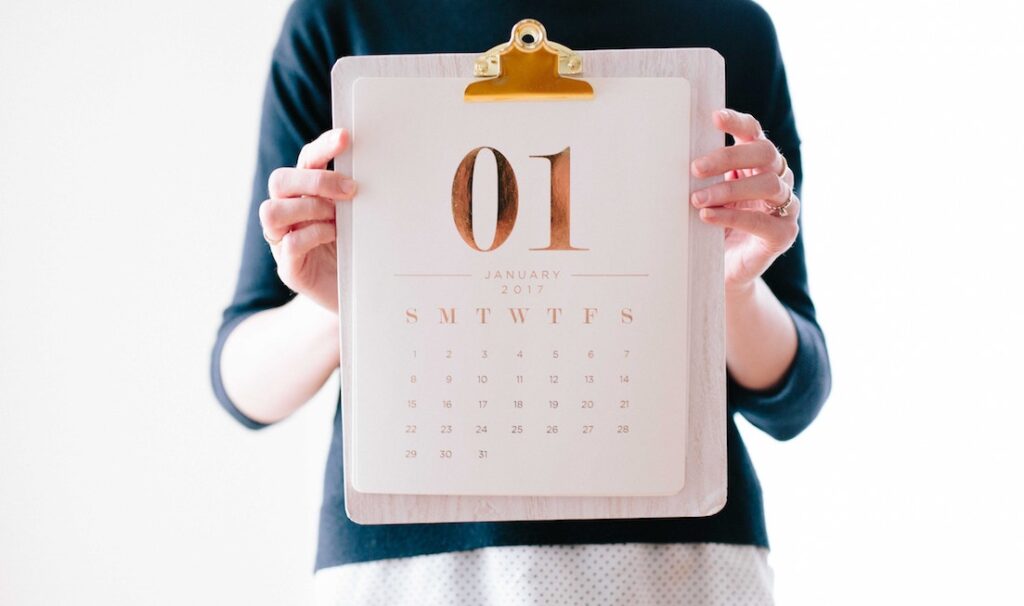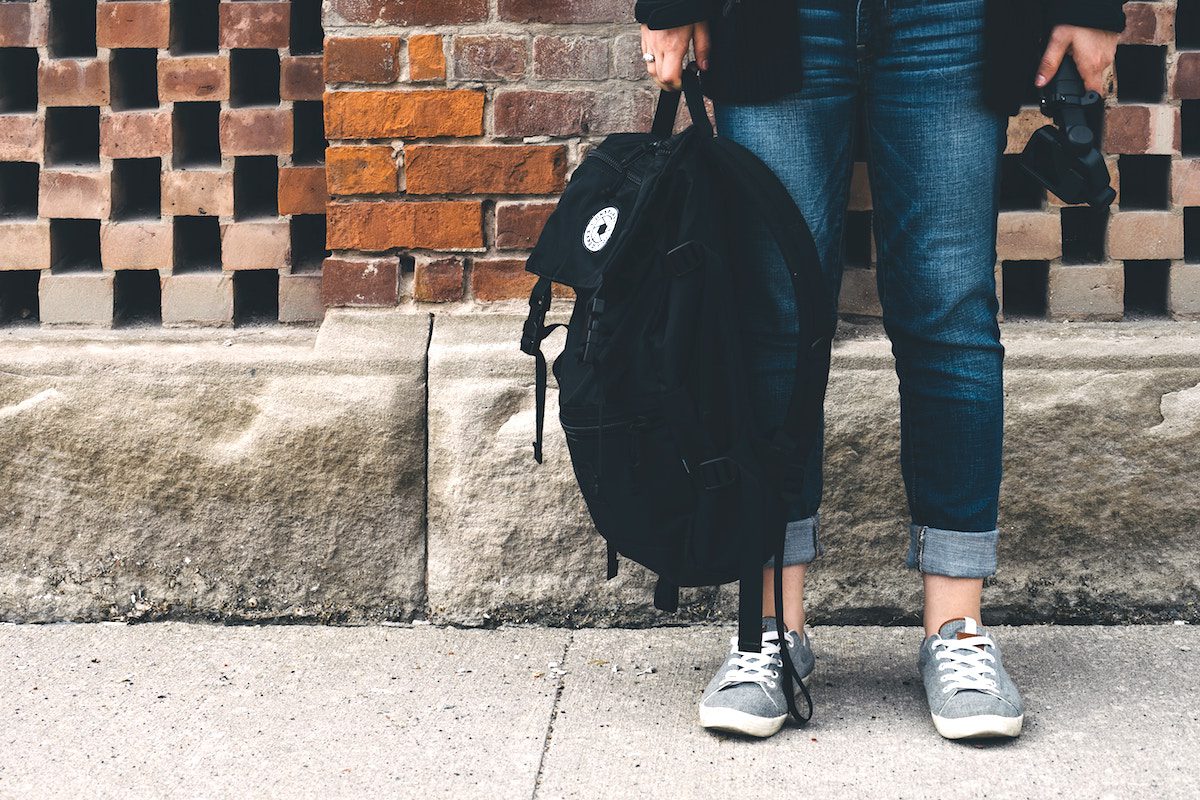“What can I do so that I don’t have a D in art? Can you give me some extra credit?”
I wanted to yell, “Why didn’t you do the work I assigned!?” Instead, I took a deep breath. Slightly, only slightly, I unfurrowed my brow and agreed my student could write a paper for extra credit.
Later, buried under a pile of extra credit papers, covered in paper cuts, I decided things had to change.

You may be wondering, why offer extra credit in the first place?
While most of my grading focuses on process, not product, there are always students focused on the perfect grade. Simply put, wanting an “A” holds students back from taking risks. Letting students know that extra credit is an option helps them risk failure.
Having extra credit as an option is also a powerful tool when talking to parents. When parents call, frustrated about a low grade, you’re able to remind them there is a way to raise that grade. This practice places ownership of the grade back onto the student.
But how do you assign extra credit in a way that makes sense for you and your students?
3 Guiding Principles for Assigning Extra Credit

Depending on the age of your students and the nature of your school environment, you may need to make adjustments to the plan below. Use these guiding principles as a way to reflect on your current extra credit procedures.
Principle 1: Extra credit is extra work for the student, not for you.
As much as possible, extra credit should be extra work for the student, not you. Often, you’re the one creating, explaining, and assessing the assignment. Instead, it should be the student creating, explaining, and playing a role in assessment. One way to do this is to have students complete an extra credit proposal in which they have to take the lead.
You can download an example below to use in your classroom.
This form makes it the student’s responsibility to come up with an idea for extra credit work. They must explain why it’s relevant, propose how much it should be worth, and how it should be assessed.
Although the responsibility is on the students, you’ll want to make sure they have a few concrete examples to use for inspiration. You can see two examples below.
Example 1
I would like to create and submit five mug designs instead of only the required two.
This is relevant because it’s forcing me to take the concepts and techniques that we’re learning about and apply them in three new ways. My additional designs will continue to follow the project guidelines and constraints.
I should be able to earn five extra credit points per each completed additional mug. The project is worth 30 points for two mugs, so it seems fair to ask for half of those points for creating three additional pieces.
I will complete all pieces at the same time the overall assignment is due. I plan to spend time working on these pieces during study hall. This will also push me to use my time wisely, and make it easy for my additional pieces to fit into the firing schedule.
I propose you assess this project using the rubric already in place.
I will need access to additional clay and glaze to complete my extra credit assignment.
Example 2
I would like to come to the art room during my free period to clean and organize supplies.
This is relevant because we all work best in an organized space. It also connects to the National Core Art Enduring standard, ” Artists and designers balance experimentation and safety, freedom and responsibility while developing and creating artworks.”
I should earn six extra credit points. I’ll be spending an hour of my time organizing and reflecting on the best way to use, clean, and organize tools.
I propose you assess this project by my completion of all items on the following checklist:
- All materials are put back into their proper location and supply sheets are updated.
- Paintbrushes are washed and put away.
- Tables, counters, and sinks are wiped and clean.
I plan to complete this on March 5th during my study hall with you. No additional materials are needed.
Principle 2: Extra credit must be completed within a specific time frame.

Most students wait until the last minute to ask for extra credit. Make students aware of when they can and cannot submit proposals. For example, I don’t allow students to submit extra credit during the last two weeks of a marking period. Throughout the marking period, students complete grade reflection sheets, and are reminded if they are unhappy with their grade, the may want to consider submitting an extra credit proposal.
Principle 3: Completion of an extra credit assignment does not automatically result in extra points.

Students often think that because they completed an extra credit assignment, they will receive points. Make it clear to your students you do not guarantee any extra points, reinforcing that they must earn them.
Explain to your students submitting poor quality work for extra credit can result in them earning zero or even negative points.
When to give negative points.
If a student does a poor job on their extra credit assignment or tries to game the system, it may warrant taking away points rather than giving them.
Here are three examples that may warrant a deduction:
- A student chooses to write an artist research report. However, it is full of grammatical and factual errors or includes plagiarised material.
- A student chooses to write a two-page paper about an art-related topic. But, they manipulate the spacing and the font to make their piece of writing seem longer than it actually is.
- A student chooses to write extra comments during a class critique. However, they don’t follow the critique format or give shallow feedback like, “This is cool.”
Having guiding principles sets clear expectations for your students. From the start, students understand that while extra credit is an option, it is extra work, and is not guaranteed.
How are you currently dealing with extra credit in your classroom?
What adjustments do you need to make to your extra credit policy to make it more effective for both you and your students?
Magazine articles and podcasts are opinions of professional education contributors and do not necessarily represent the position of the Art of Education University (AOEU) or its academic offerings. Contributors use terms in the way they are most often talked about in the scope of their educational experiences.






